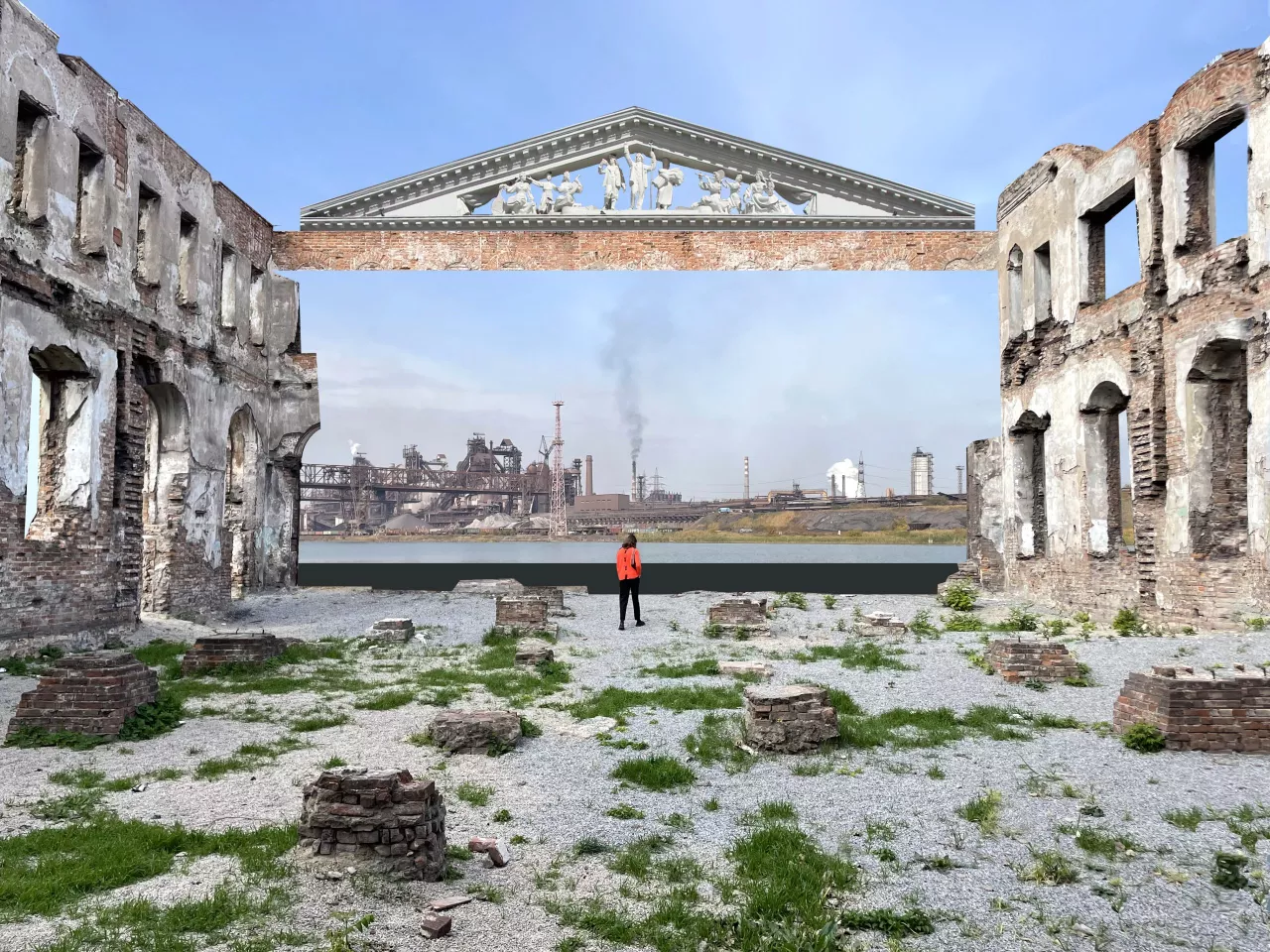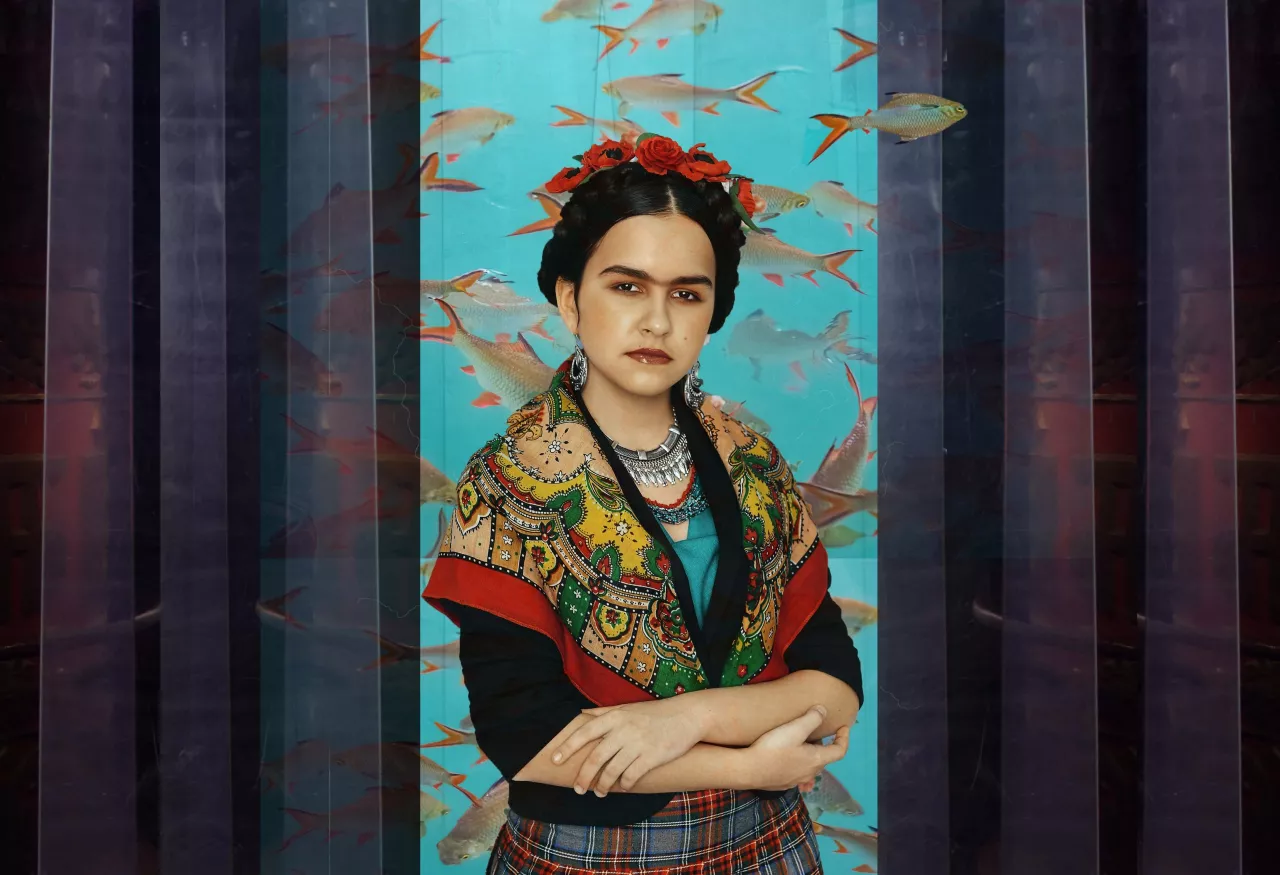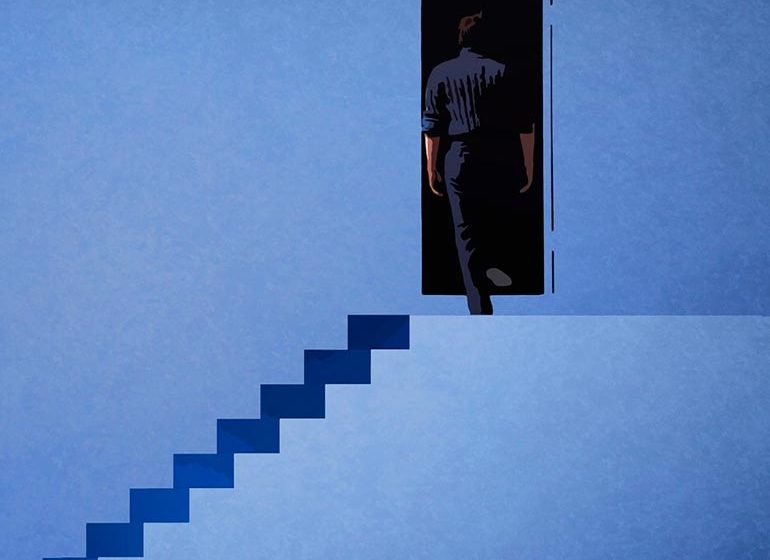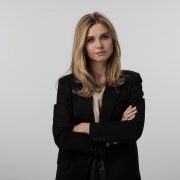Creative Director Sergiy Rodionov on Mariupol Reconstruction Manifesto and His Passion for Urbanistics
Have you ever wondered what your city will look like in 10, 20, or 50 years? Will there still be cherished places you have fond memories of? Will the essence of the city still remain? Sergiy Rodionov offers visions for the future for both his native Mariupol and Ukraine in general. By doing so, he wants to start a dialogue with experts on the restoration of the country and bring people hope for a better future.
Sergiy also took part in the Revival Project to support the cultural heritage of Ukraine and shared stories associated with his favorite places in Mariupol.
We invite you to learn more about Sergiy Rodionov’s creative experiments and philosophy, and to see what Mariupol could become after Ukraine’s victory.
On professional development and Mariupol’s brand identity
A large part of my projects are dedicated to Mariupol. While living there, I took part in many municipal contests and initiatives. I got into the study of visual communication and original branding during my student years. This grew into the first city brand project in 2008, when hardly anybody thought about such things. A team of students and I showed how the city can promote itself through marketing. Back then, this project went unnoticed, but later our team developed a profound logo concept, which led to the creation of a brand book and its realization over the past 7-8 years.
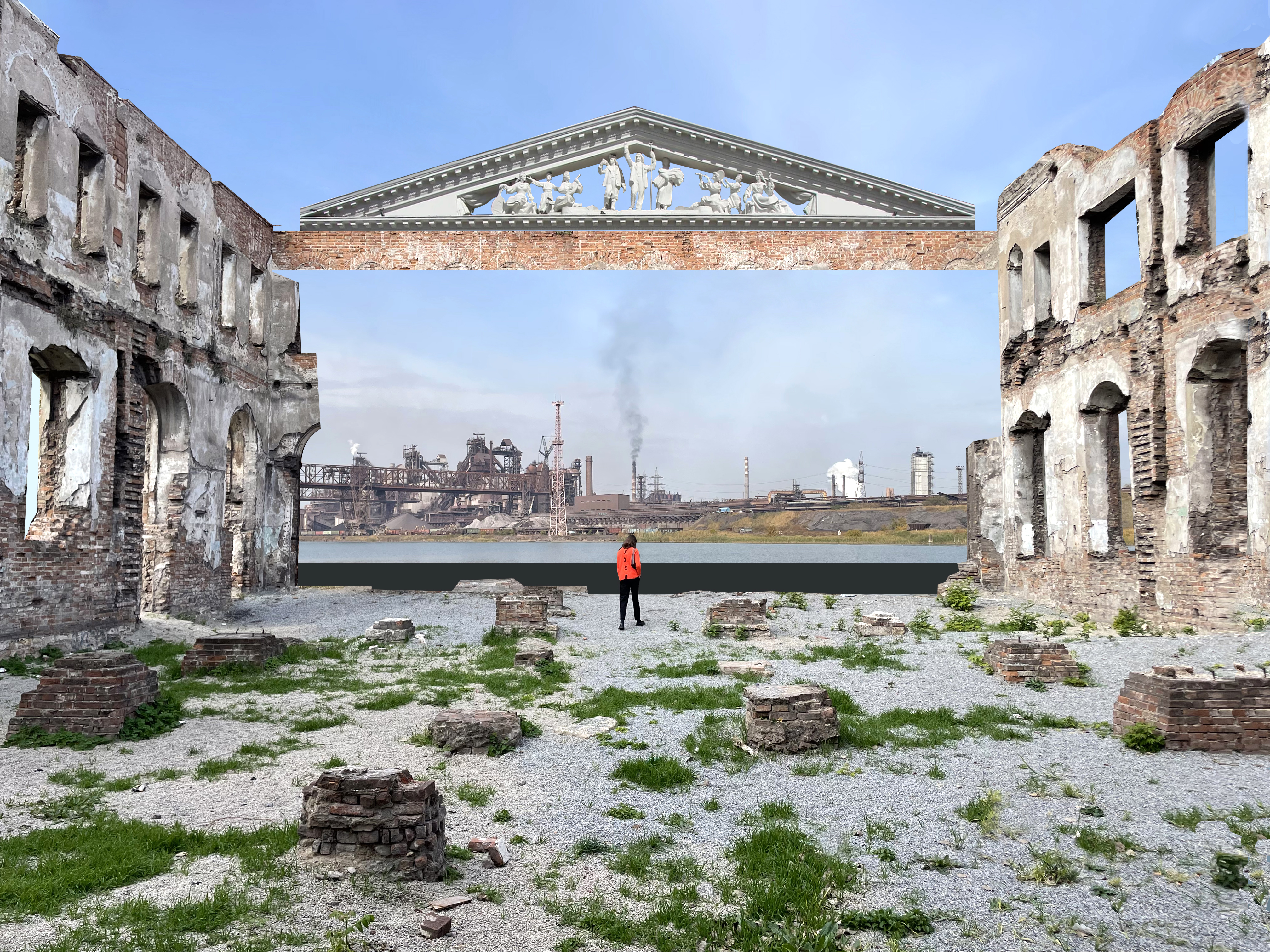
From Mariupol brand identity project
This was my childhood dream project. It emerged in response to the beginning of the war when it was important to show the city’s positive and optimistic light. For me, a Mariupol resident who had been living abroad for a long time, it was an opportunity to implement international experience.
On “Mriia” and current projects
Now, my friends and I are working on the Mriia platform dedicated to the development of a global vision of Ukraine’s future—strong, independent, and sustainable. It is a comprehensive methodology for the country’s reconstruction. Mariupol may become one of the projects within this initiative. But a single city will hardly be enough to see great results. Because a country is a network of cities, towns, and everything in between them. Along with Mariupol, we plan to cover Kharkiv, Kherson, and some towns.
Of course, I constantly have commercial projects. I have been working in global markets in New York and earning through design expertise for quite a while. But I devote part of my time to Ukrainian projects. Currently, we are creating a large encyclopedia about farming with the friendly team of Ukraїner. I hope it will be published this year.
On mental code and local patriotism
I had a chance to live in Donetsk for one year and compare it with Mariupol. Although many people in Ukraine call the whole region Donbas or Donetsk region, it always seemed to me that Pryazovia is different, and people there slightly differ in their character and values. Donbas has its own value, which comes from its industrial character. As to Mariupol, it is strongly influenced by being a port. It is a multicultural city open to everything new. Although here, of course, there is an industrial component, too, and its people are also very active and ambitious.
The people of Azov love their region very much. They are really proud of Mariupol. This is especially seen among my friends and acquaintances who left the city, emigrated, and then returned. There is a certain patriotism associated with the sea, local food, and culture. Many Mariupol natives feel nostalgic for their favorite places: spits of the Sea of Azov, their native districts of the city, and parks. I hear this each time I meet my compatriots abroad. For me, Mariupol is my place of power.
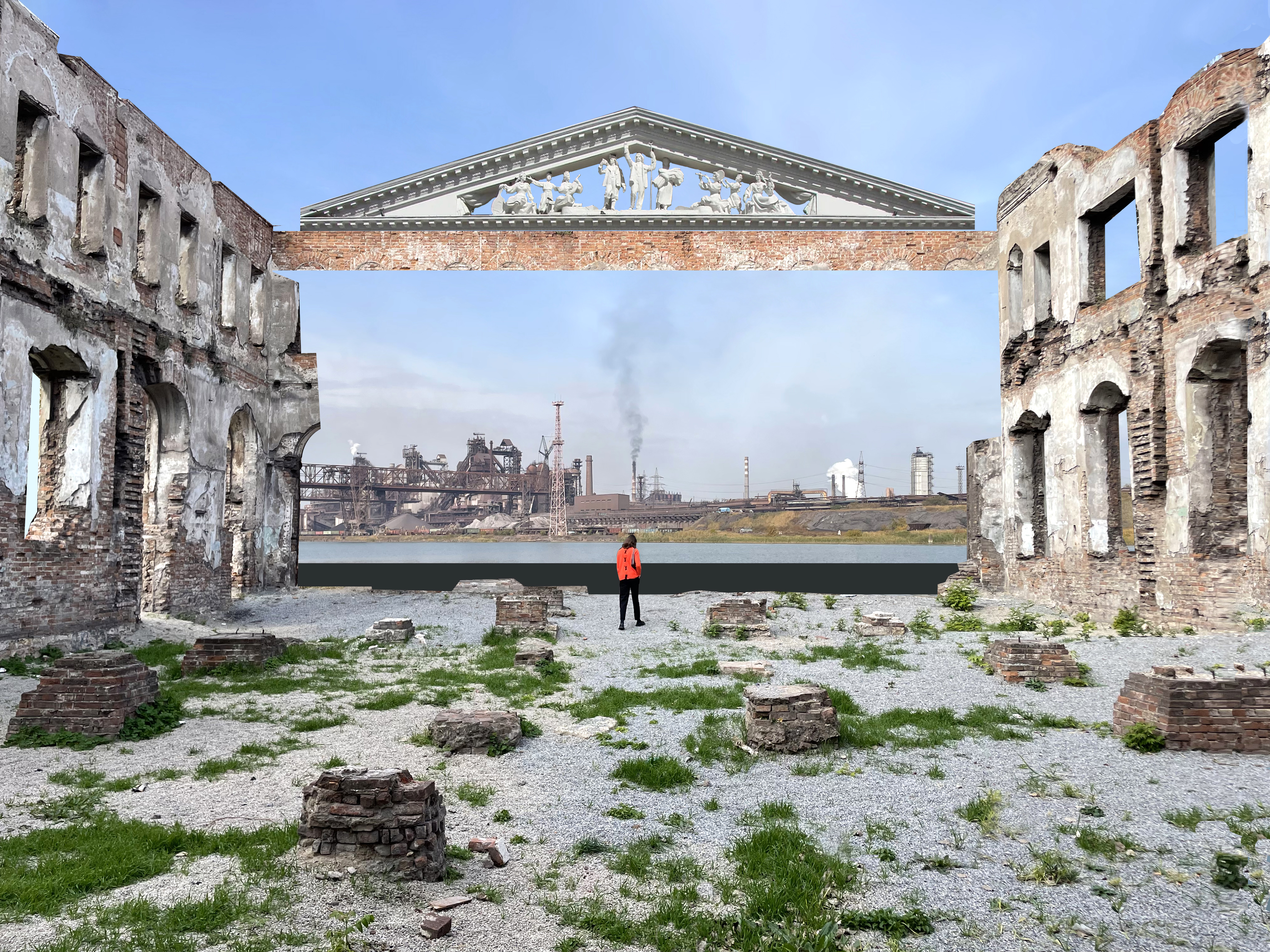
On passion for urbanistics
I have been interested in the topic of urban studies for quite a long time. I remember that from an early age, while traveling, I constantly documented how different cities were arranged in my notes. As early as 2012, I became the art director of The Village, an online newspaper about city life. My team and I were able to drive tangible changes in cities. This included promoting bike use, building quality public spaces, waste sorting, and improving transport services. I met many smart and talented townspeople who were changing the city for the better.
It just so happened that before the full-scale war, I went to Rotterdam for a three-month urban studies program: Dirty Old Town at the Independent School for the City. Although I have been working with urban context for quite some time, I was willing to learn more about architectural and urban theory and practice. When the war began, it was hard for me to think about anything but Ukraine and supporting my loved ones. That is when Re: Mariupol. Reconstruction Manifesto for the city was born. In it, I synthesized my Rotterdam experience with research and knowledge about my home city.
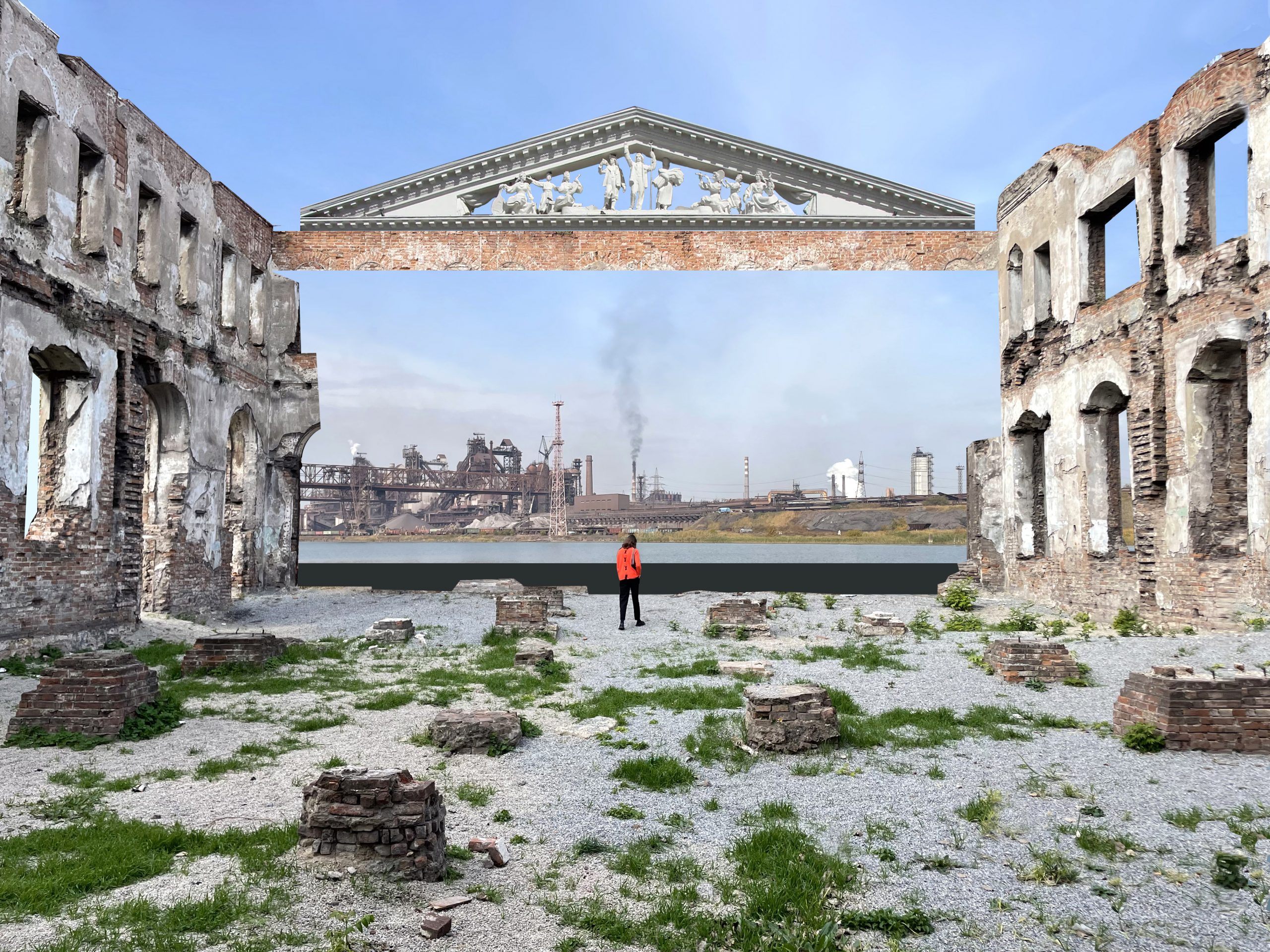
Fragment of Re: Mariupol. Reconstruction Manifesto for the city”
On urban planning experiments and the importance of preserving memories
If we analyze the manifesto, it is quite modernist. This is how cities were planned after the Second World War—with glass houses and wide avenues—when people thought that the worst was over and the world was heading towards an era of prosperity and the triumph of humanism. Of course, I am not sure that we will be able to build everything included in it, but it is important to start working on the plan right now, during the war, so as to not waste time later. I also believe that my work and insights will be useful not only for Mariupol, but for other cities, too. Although it is the city that may become an experimental platform for architects.
With Mariupol, we can try something completely new, as a large percentage of historically valuable buildings are now destroyed. At the same time, the first point of the manifesto is about memory. When planning the city, it is very important to not forget about the past or what was there before. The case of Rotterdam, which we studied in detail, is indicative in this regard. This city is one of the largest ports in Europe, which was moved away from the center during the reconstruction. On one hand, it meant deindustrialization, environmental friendliness, less traffic and noise. That was great, but eventually, the connection and essence was lost. The peculiarity of Mariupol is that it is a large industrial center located on the seashore. I mean, it combines both the industrial component and the resort. The main thing is to save this uniqueness (of course, without any harm to the city residents and the environment) and to not lose our memory of everything that was present before. Recently, many people have learned about Mariupol due to tragic events. I think stories about them can be told through the ruins.
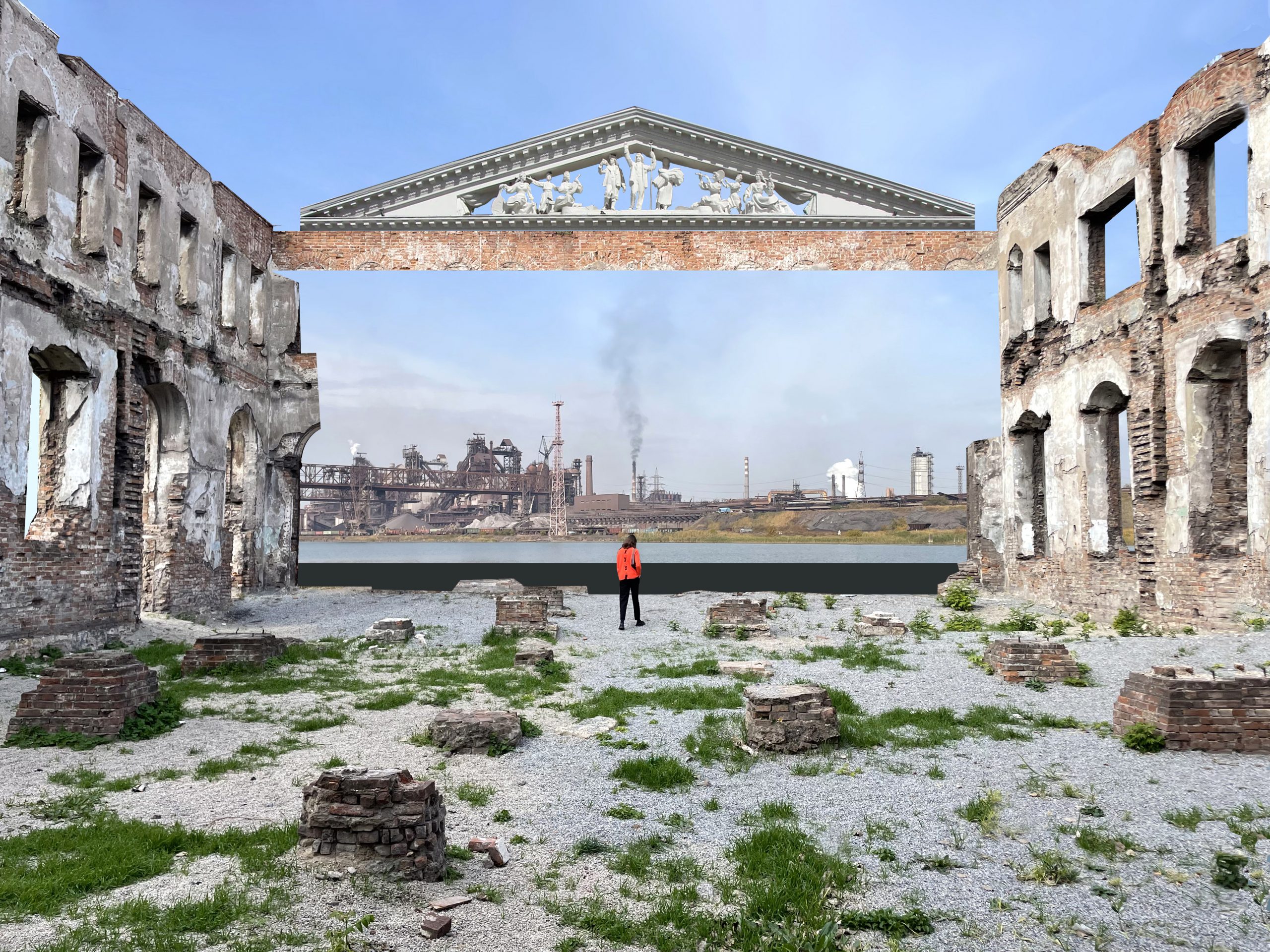
Fragment of Re: Mariupol. Reconstruction Manifesto for the city”
On the interconnection of creative ideas and practice
My manifesto is an artistic project that may grow into a design project. Any project becomes a design project and its author becomes a designer when there is an understanding of who the client is. In this case, our clients are the city’s residents, municipal government, Ukrainian authorities, and perhaps international donors who are ready to help. Also, we have an understanding of the task we are solving: we are open to dialogue. And for this, it was enough to have an artistic concept. This is a way to start a discussion and get feedback. It is important for me to create a wonderful city for people. And here we are talking about pure design. Currently, I am spending a lot of time gathering a good team and building the proper methodology in order to develop a quality plan. Because it should not be a plan for the municipality, the mayor, or the president, but a plan for the people.
Discover other interviews with Ukrainian artists:
Lviv-Based Artist Mykhailo Skop on Board Game Design, Medieval Art, and Wartime Posters




